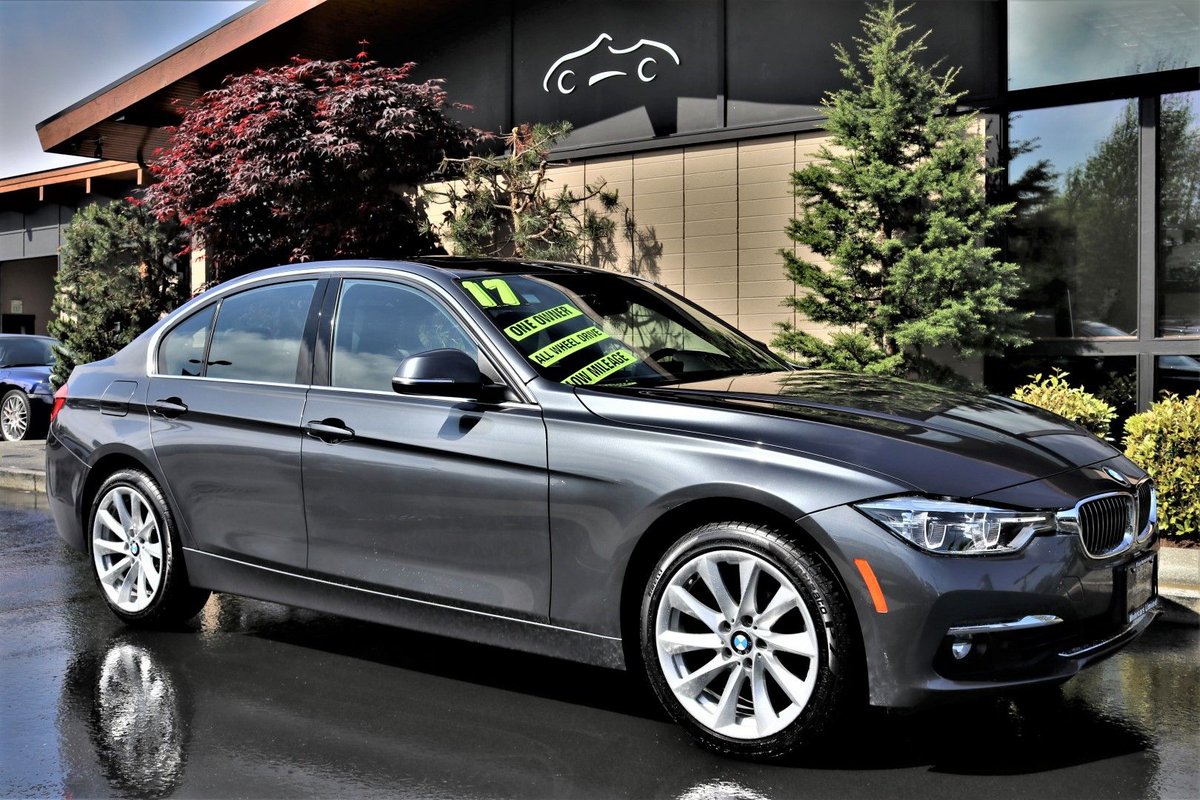

It bought the British Rover Group in 1994, selling it in 2000 but keeping the Mini brand and launching a number of Mini models since then. Eberhard V Kuenheim became company chairman in 1970 and by the time he retired in 1993, BMW had grown into a global company, with plants in South Africa, the United Kingdom and the United States. It bought the rights to make the Italian Isetta “bubble car”, which was powered by a modified form of BMW motorcycle engine, and this helped the company to recover. In 1947, it built its first postwar motorcycle and the following year its first postwar car, but by 1959 it was in financial crisis and would have been taken over by Daimler-Benz but for the resistance of small shareholders. During the war, its Munich factory used the forced labour of prisoners of war and inmates from Dachau concentration camp.Īfter the war, much of its machinery was taken as war reparation and it survived by making pots and pans, spades and bicycles. With German rearmament in the 1930s, after Hitler came to power, BMW again began to make aircraft engines for the Luftwaffe. This had the kidney-shaped radiator grill, which is still a typical BMW motif.

Its first car was an Austin 7, manufactured under licence and in 1933, the 303 was BMW’s first car powered by a six-cylinder (1.2 litre) engine. Originally formed from a restructuring of the Rapp Motorenwerke aircraft-manufacturing firm in Munich, it was forced to discontinue making aircraft engines by the Treaty of Versailles and switched to making motorcycles in 1923 and cars in 1928. It also adopted the now-famous roundel in blue and white segments (the colours of the Bavarian coat of arms) with the letters “BMW” as its symbol in 1917. Whatever about the correct slang, there is no doubting the commercial success of the company that began as Bayerische Fluzeug-Werke in 1916 and adopted the name Bayerische Motoren Werke (Bavarian Motor Works) the following year. However, a Bloomberg BusinessWeek editor (on June 30th, 2003) had no doubt that "Bimmer" was the correct term for cars because a Google search resulted in 10 times as many hits as "Beemer" did. The Toronto Globe and Mail insisted on "Bimmer" and dismissed "Beemer" as a "yuppie abomination" (April 7th, 2009) but I'm with Washington's Tacoma News Tribune which saw "auto snobs" as responsible for what it regarded as the false verbal distinction (October 25th, 2002).

In this way, we show that we are a "true aficionado" and not one of the "uninitiated". At least, that has been the case on this side of the pond, but in the US some specialists, such as Shirley Kennedy in The Savvy Guide to Motorcycles (2005) and Brock Yates in the Washington Post (March 12th, 1989) have been anxious to point out that we must make a distinction between "Beemer", which refers only to BMW motorcyles, and "Bimmer" which should be used exclusively for BMW cars. And the firm that manufactured that status symbol is 100 years in existence today.įor long in English, the slang terms "Beemer" and "Bimmer" have been in use to refer to both BMW cars and motorcyles. It was the line, “drove a BMW” that attracted my attention as it was clearly meant to indicate that Bukowski was a success, in material terms that is, by driving such a status symbol as well as having the nice house and the swimming pool. The German-American writer Charles Bukowski, described by Time magazine in 1986 as a "laureate of American low life", was the subject of this interesting anonymous poem: "Bukowski's later years weren't so bad / He lived in a nice house / With a swimming pool in the back yard, / Drove a BMW, / Didn't drink so much, /Enjoyed the success of discovery, / Sold books and movies, / And never gave in again."


 0 kommentar(er)
0 kommentar(er)
